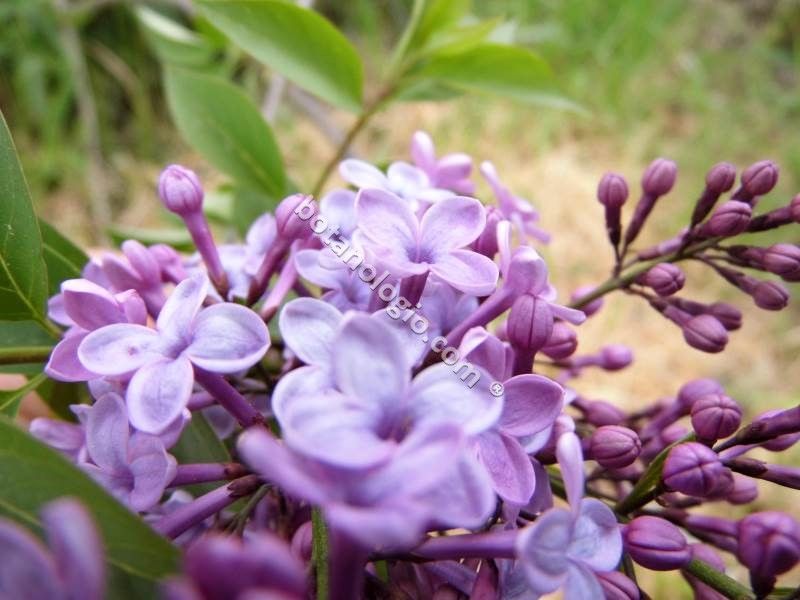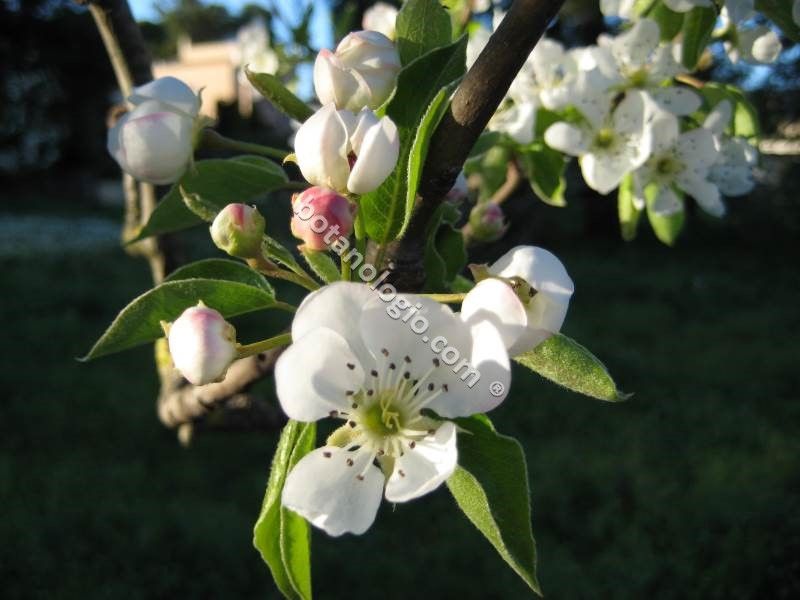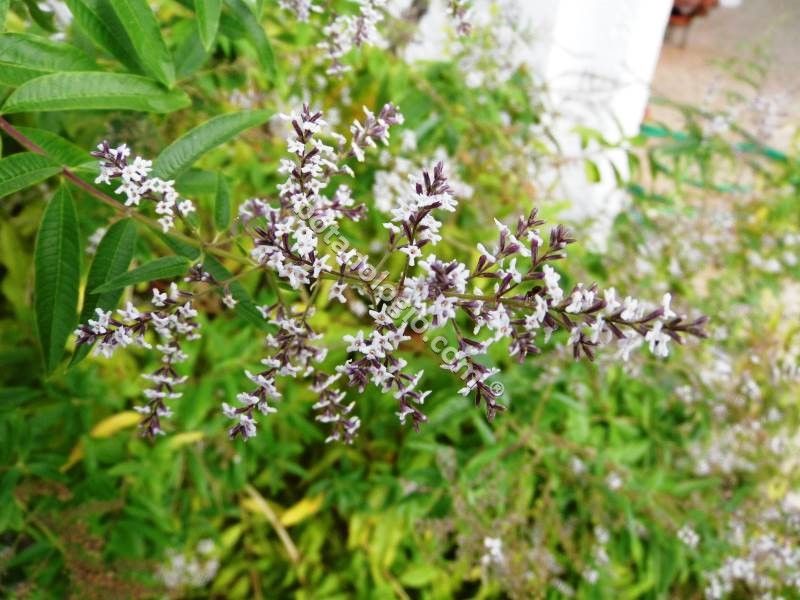Mugwort collection and dosage

Mugwort know as Artemisia vulgaris, is a widespread herb for many therapeutic uses, both physically and spiritually!
History
With close relatives of the same family, wreath and tarragon, mugworth has a long history of different cultures, cures and traditions, as it thrives in Asia, Europe and America. In medieval Europe, it was considered a magical herb that protected from evil while it was used to give taste to the beer before hops were used.
In North America it was a favorite herb for women as it regulates the cycle, but also for protection from ghosts. Since antiquity, artemisia has been used for therapeutic purposes, in cooking and as a smoking herb.
It is included in almost all religious ceremonies of antiquity, while in Chinese medicine it has been used in Moxa treatment until today, burning dried leaves for overall health and a smooth flow of qi. Traditionally, it is used to offer lucid dreams, in the form of tea as well as stuffed in the pillow.
Characteristics
Mugwort is a perennial tall shrub, with dark green and smooth leaves, covered with dense lint. The flowers are small, many and white, light green to yellow. The root reaches 30 centimeters, is woody with many fibrous branches, while its flavor is sweet. Young shoots, leaves and roots are the parts of the plant used for cooking and therapeutic purposes.
Collection of shoots and leaves is taking place before the bloom, that begins in July and ends in September, while you can collect the roots in the autumn. The main ingredients in mugwort are essential oil, bitter substances, camphor, tannins, flavonoids and saponins. The mugwort aroma is intense, resembles sage and offers revitalization.
Drying and storage
The leaves dry as all herbs, but the roots, which are used for therapeutic purposes, must be thoroughly cleaned in cold water and remove the rootlets. With careful drying, you must take all the moisture from the roots, leaving the roots on a surface for ten days, rotating the roots systemically. At the end of the ten days you need to dry near a heat source, such as a stove. The root must be drained completely in order to be stored, and it takes about 15 days.
Dosage
When used for pharmaceutical purposes, the ratio is 6 grams of the herb in 100ml of water. You can consume one tablespoon, 3 times a day to stimulate the body and regulate menstruation. 2 to 4 grams of herb in tea, are ideal for a light beverage, especially for stomach upsets. Combine it with other herbs such as melissa to cover the bitter taste of the herb. For proper dosage, we must take into account age, weight and, of course, our state of health.
Artemisia vulgaris, essential oil, herbal medicine, herbal remedies, herbs, herbs for stomach, mugwort, mugwort root





